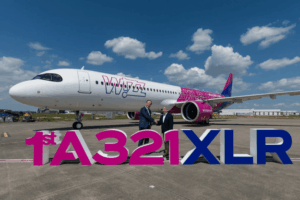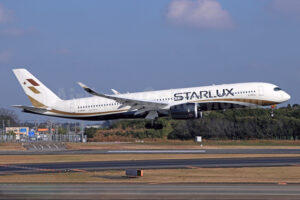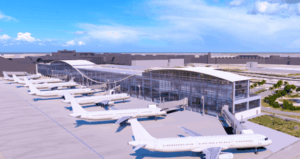On 17 February 2024, a Lufthansa Airbus A321 bound from Frankfurt, Germany, to Seville, Spain, was briefly left without a conscious pilot at the controls after the first officer (FO) became incapacitated and the captain was locked out of the cockpit during a routine lavatory break.
For roughly 10 minutes, 199 passengers and six crew members were aboard an aircraft being flown solely by automation.
Though resolved without injury or incident, the episode raises red flags within the aviation community. It draws uncomfortable parallels to the Germanwings Flight 9525 tragedy in 2015 and reignites the debate surrounding cockpit security protocols and single-pilot operation (SPO) proposals.
Although this incident occurred more than a year ago, information about it was not released publicly until May 2025.
The 2024 Lufthansa Incident: Autopilot in Command
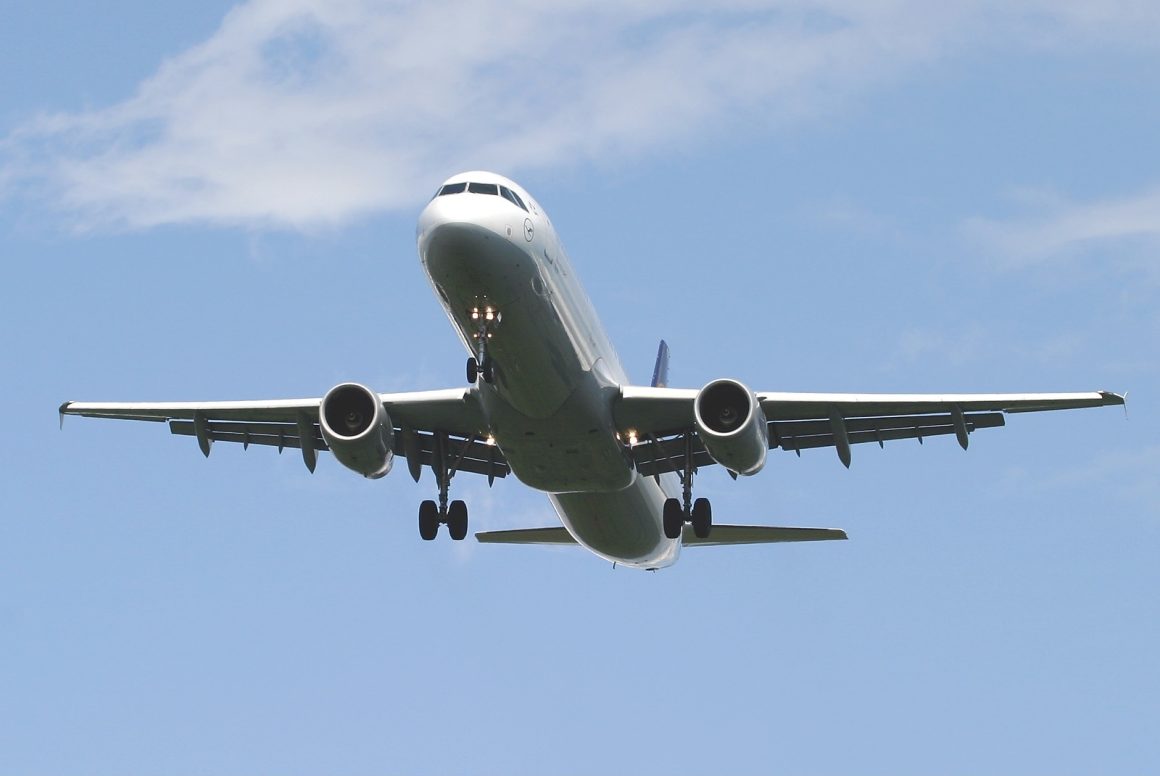
On a routine early afternoon flight from Frankfurt (FRA) to Seville (SVQ), a Lufthansa Airbus A321-231, operating with the callsign LH77X, was cruising with the autopilot engaged when the 43-year-old captain stepped out for a restroom break, leaving the 38-year-old FO at the controls.
Approximately 30 minutes from landing, the FO suffered a sudden medical emergency and fainted while alone in the cockpit, leaving the aircraft without a pilot at the controls. The captain, locked out due to post-9/11 cockpit security measures, attempted to re-enter using the standard door code, which triggers a chime for the other pilot to unlock the door manually. After five unsuccessful attempts and a failed effort by a flight attendant to contact the FO via the onboard telephone, the captain resorted to an emergency override code.
Just as the door was about to open automatically, the FO, despite being ill, managed to unlock it from inside. Once the captain regained entry to the cockpit, it was evident that his FO was experiencing a debilitating medical emergency. According to an investigation by Spain’s Civil Aviation Accident and Incident Investigation Commission (Comisión de Investigación de Accidentes e Incidentes de Aviación Civil, CIAIAC), the FO was “pale, sweating, and moving strangely.”
The captain immediately summoned help from the flight crew, who were able to locate a doctor on board to administer care to the FO. The captain then chose to divert to the nearest suitable airport, which in this case was Adolfo Suárez Madrid–Barajas Airport (MAD), about 88 nautical miles southwest of their location. Once on the ground in Madrid, the FO was met by a waiting ambulance and received medical attention.
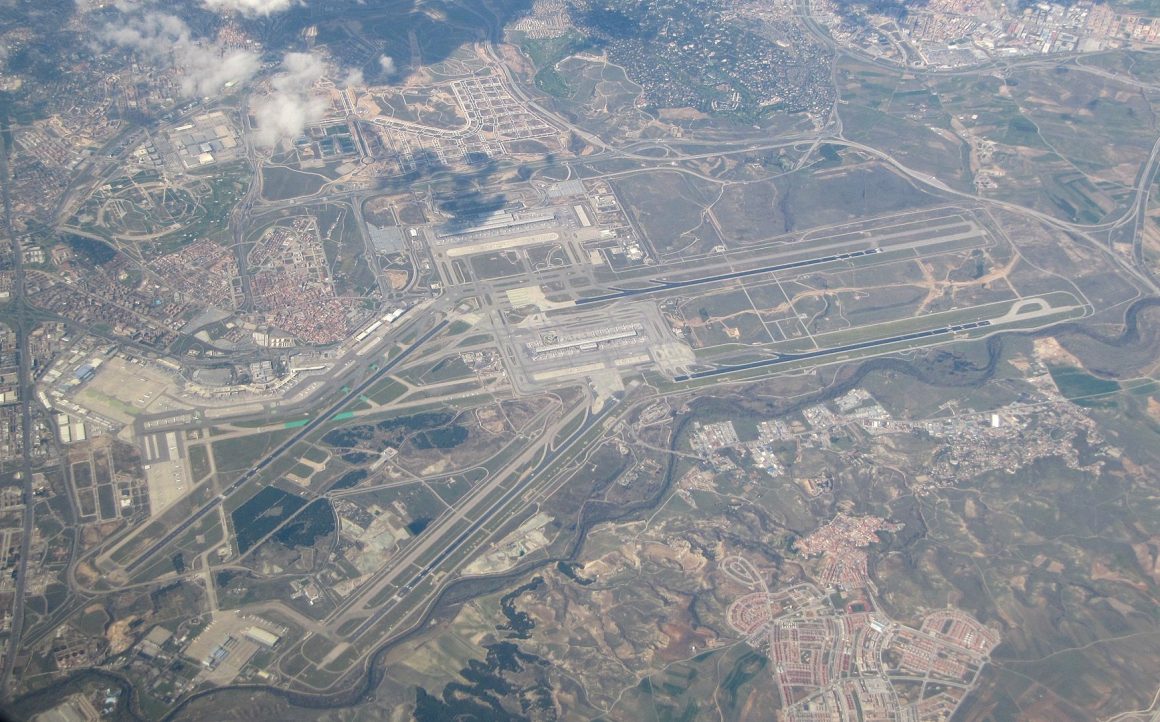
According to the investigation, the FO experienced a “sudden and severe incapacitation [that] was the symptom of a neurological condition that had not been detected either by the affected person himself or in the previous aeronautical medical examinations.” Although the FO survived, his medical certificate was suspended as a precaution until it was determined what caused the emergency.
Stabilized by its autopilot, the A321 flew without incident at FL350 during the emergency. The CIAIAC report noted that the co-pilot’s unintentional inputs on the controls did not disrupt the autopilot’s operation, averting a potential catastrophe. Nevertheless, for 10 minutes, the flight was without an able pilot in command, posing an unacceptable risk by industry standards.
Eerie Parallels Between the Lufthansa Incident and Germanwings Flight 9525
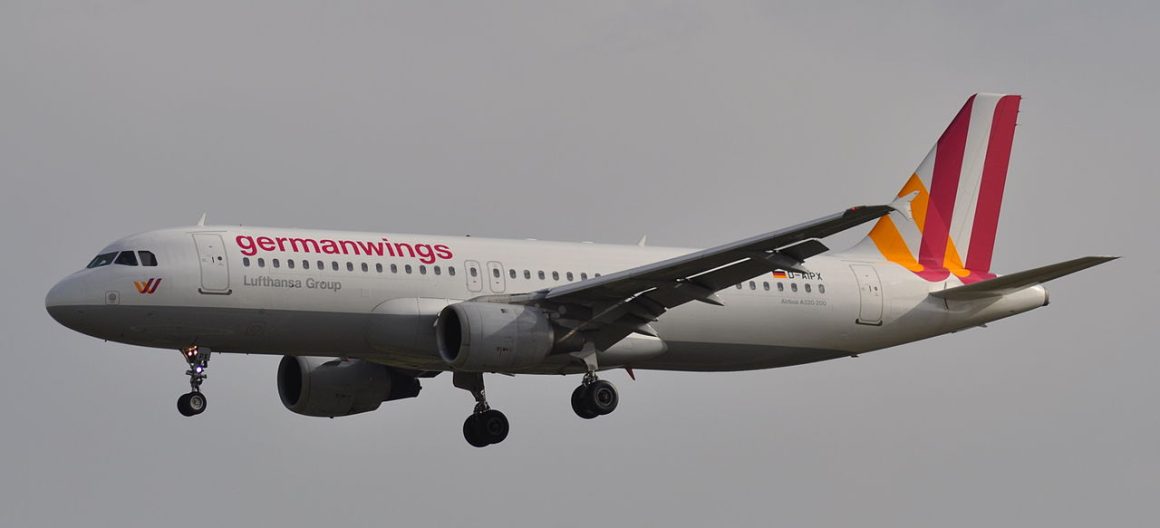
The Lufthansa incident is uncomfortably reminiscent of the Germanwings Flight 9525 crash on 24 March 2015. In that tragedy, FO Andreas Lubitz deliberately locked the captain, Patrick Sondenheimer, out of the cockpit after the latter left for a break.
Lubitz, who had a history of untreated mental health issues, including suicidal tendencies, set the Airbus A320’s autopilot to descend to 100 feet, intentionally crashing the plane into the French Alps and killing all 150 people on board.
That tragedy, also involving a Lufthansa Group carrier, prompted a wave of procedural changes across global aviation, including cockpit access reforms and temporary two-person cockpit mandates in Europe.
The Lufthansa incident from 2024 may have had no malicious intent, but the mechanical factors–the locked-out captain, unresponsive FO, and reliance on autopilot–closely mirror conditions that preceded the Germanwings disaster.
The contrast in outcomes does little to ease the implications: both events exposed a common point of vulnerability that continues to exist nearly a decade later. Further, both events expose the inherent risk of even temporary single-pilot scenarios.
Cockpit Security: A Double-Edged Sword
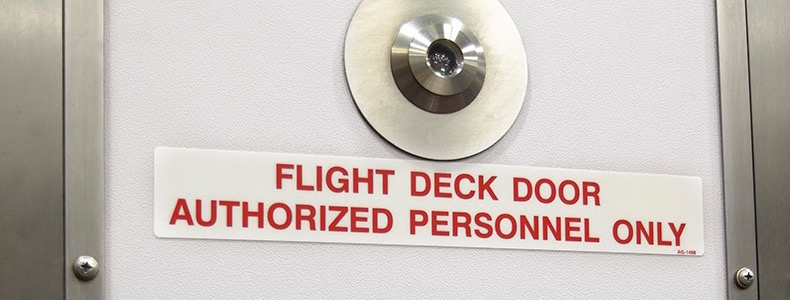
The reinforced cockpit doors central to both incidents were mandated after the 11 September 2001 terrorist attacks to prevent unauthorized access. Today, they are ICAO-standard across most jurisdictions.
These doors, typically bulletproof with time-delayed emergency override features, are designed to prevent unlawful interference. However, as seen in both incidents, they can inadvertently obstruct legitimate reentry during critical situations.
The emergency access system requires several seconds before unlocking, during which a conscious pilot inside the cockpit may override and block the entry. This safeguard worked against Captain Sondenheimer in 2015 and nearly delayed intervention in 2024. In the Lufthansa case, the FO was too incapacitated to block entry, which may have averted a far worse outcome.
The “Two-in-the-Cockpit” Debate Resurfaces
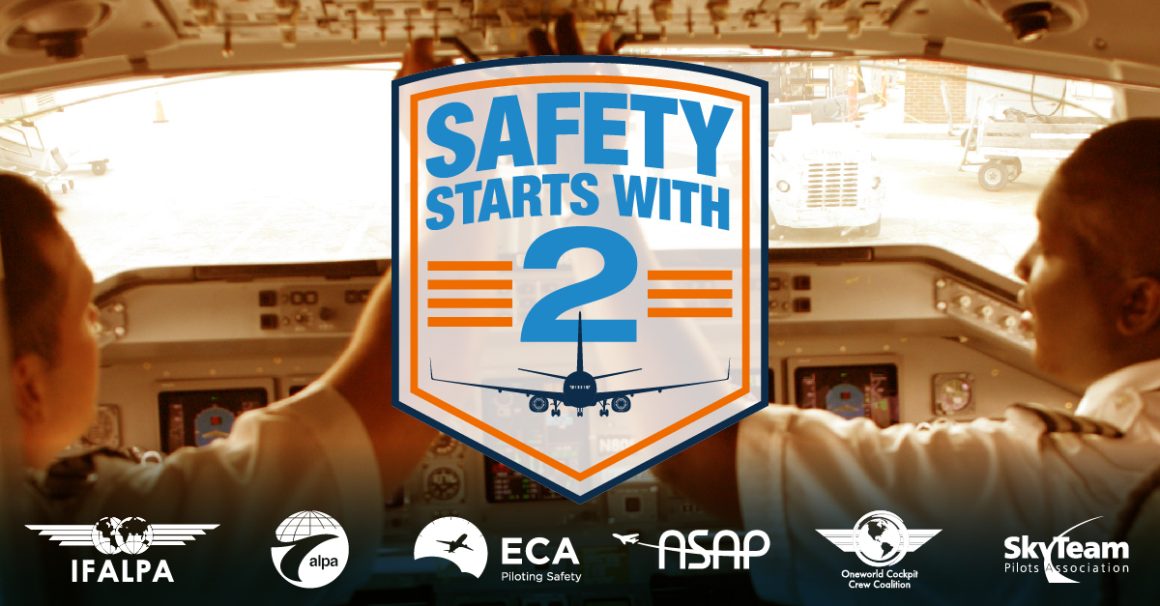
Following the Germanwings incident, Lufthansa and other European carriers briefly implemented a two-person cockpit rule, requiring a cabin crew member to enter when one pilot steps out. This rule ensures no pilot is left alone, mitigating risks from medical emergencies or intentional acts.
In the US, the Federal Aviation Administration (FAA) has enforced such a policy since the 9/11 attacks. However, the European Aviation Safety Agency (EASA) repealed it in 2017, citing inconclusive evidence of its effectiveness and increased complexity in operations. Lufthansa discontinued the requirement, which was in line with EASA’s guidance. The absence of a second person in the cockpit in the Lufthansa incident is therefore legally compliant, but operationally questionable.
Given the circumstances, renewed scrutiny of the two-person rule is likely. Posts from industry figures, including CNN aviation correspondent Richard Quest, have reignited debate about Lufthansa’s policy decisions and the value of redundancy in flight deck staffing.
A @lufthansa plane flew 10 mins without pilot after capt went to loo and copilot fainted. Hang on – what about a 2 person cockpit rule introduced after Germanwings crash? Well.. 1 year later regulators decided said airlines could go back to old rule if satisfied risk ok. Hmm
— Richard Quest (@richardquest) May 19, 2025
Automation and SPO Are Not Substitutes for Human Redundancy

The 2024 Lufthansa incident highlights the dangers of single-pilot operations, even in a two-pilot crew on a long-haul flight when one pilot is temporarily absent. Modern airliners rely heavily on automation, such as autopilots, to maintain stable flight, but unexpected events, such as medical emergencies, technical failures, or intentional acts, require immediate human intervention.
In the 2024 incident, the autopilot maintained control, but an unconscious pilot could not respond to air traffic control, monitor systems, or handle contingencies like turbulence or system alerts. Long-range flights, where pilot fatigue and restroom breaks are inevitable, amplify the risk of a single pilot becoming incapacitated. The Germanwings crash exposed an even graver risk: a pilot with malicious intent exploiting a moment of sole control.
Proposals for single-pilot operations on long-haul flights, driven by cost-cutting and advancements in automation, have been debated in the industry. However, both incidents underscore that even with two pilots, temporary single-pilot scenarios can arise, and full single-pilot operations could exacerbate these risks.
These scenarios underscore a key flaw in SPO logic: while systems can fly a plane, they can’t decide how to respond to the unknown.
While systems can fly a plane, they can’t decide how to respond to the unknown.
The Australian and International Pilots Association (AIPA) has pointed out that having a second crew member in the cockpit provides limited benefits beyond door access. While not trained to fly, a flight attendant can quickly alert other crew or unlock doors when necessary, potentially compressing response times in an emergency.
How Many Wake-Up Calls Will It Take?
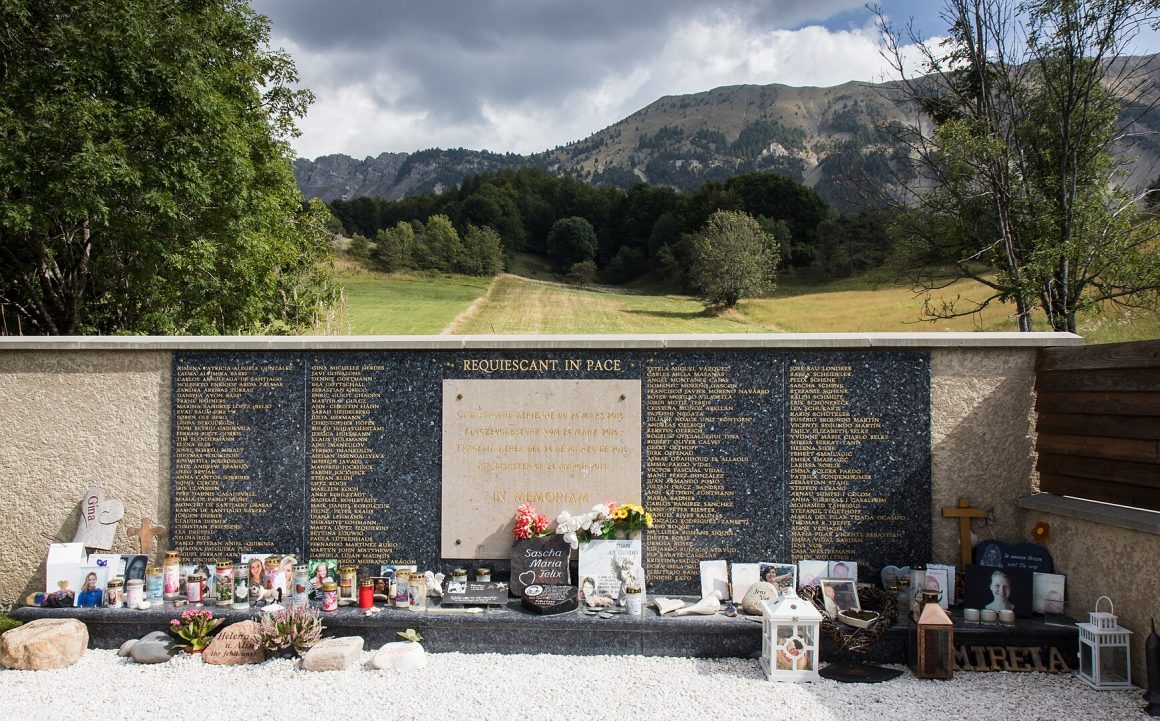
The 2024 Lufthansa incident was another wake-up call to the aviation industry: its safety hinges on robust human and systemic redundancies. The Germanwings tragedy prompted changes, including EASA’s temporary two-person cockpit rule and calls for improved mental health screenings. But gaps remain. Politics gets in the way. Rules are loosened. Further, in the case of the Lufthansa incident, there are lingering inconsistencies in how lessons are applied.
To fortify flight desk security and accessibility, the industry might consider:
- Reinforce the Two-Person Rule: Especially during phases when one pilot temporarily leaves the flight deck. This is a simple procedural layer that restores immediate situational awareness.
- Enhance Medical Screenings: Particularly for neurological and cardiovascular conditions. Improved screening frequency and expanded authority for reporting risk factors without overstepping privacy could prevent undetected conditions.
- Improve Cockpit Access Protocols: Developing faster emergency access methods, such as biometric overrides or shorter delay times, could reduce response times without compromising security.
- Invest in Automation Safeguards: While automation saved the Lufthansa flight, advanced systems, such as artificial intelligence or cockpit-based physiological monitoring that detect pilot incapacitation, could alert flight or ground crew before loss of situational control.
The aviation industry must balance security, cost, and safety. The Lufthansa incident, though resolved – thankfully – without loss of life, echoes the Germanwings tragedy in exposing vulnerabilities when a single pilot is left in control, whether by circumstance or design.
As discussions about single-pilot operations continue, these incidents argue strongly for maintaining multiple layers of human oversight to ensure the safety of passengers and crew.
While automation and reinforced cockpit doors are critical, they cannot fully replace the presence of a second pilot or crew member. Procedural compliance will never replace operational vigilance.
For an industry that prides itself on redundancy, these events underscore the need for rigorous policies, consistent enforcement, and ongoing scrutiny of single-pilot risks. We cannot afford to allow gaps in the system. As we all know all too well, in aviation, a single point of failure is one too many.
Credit: avgeekery.com


